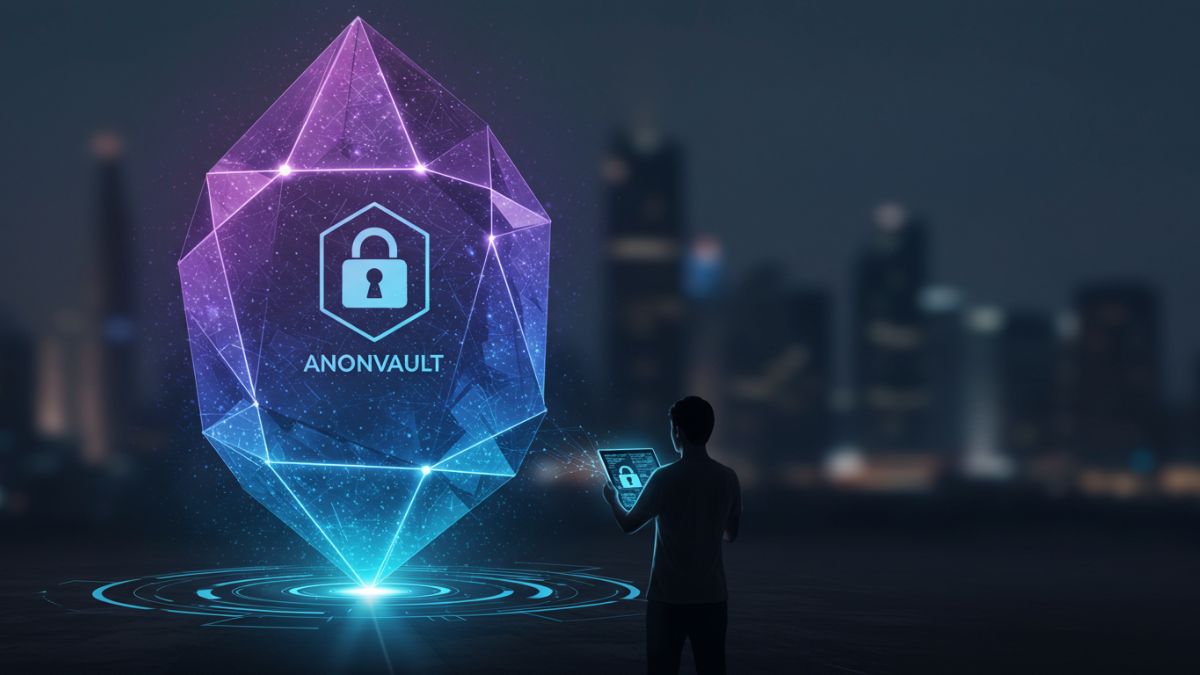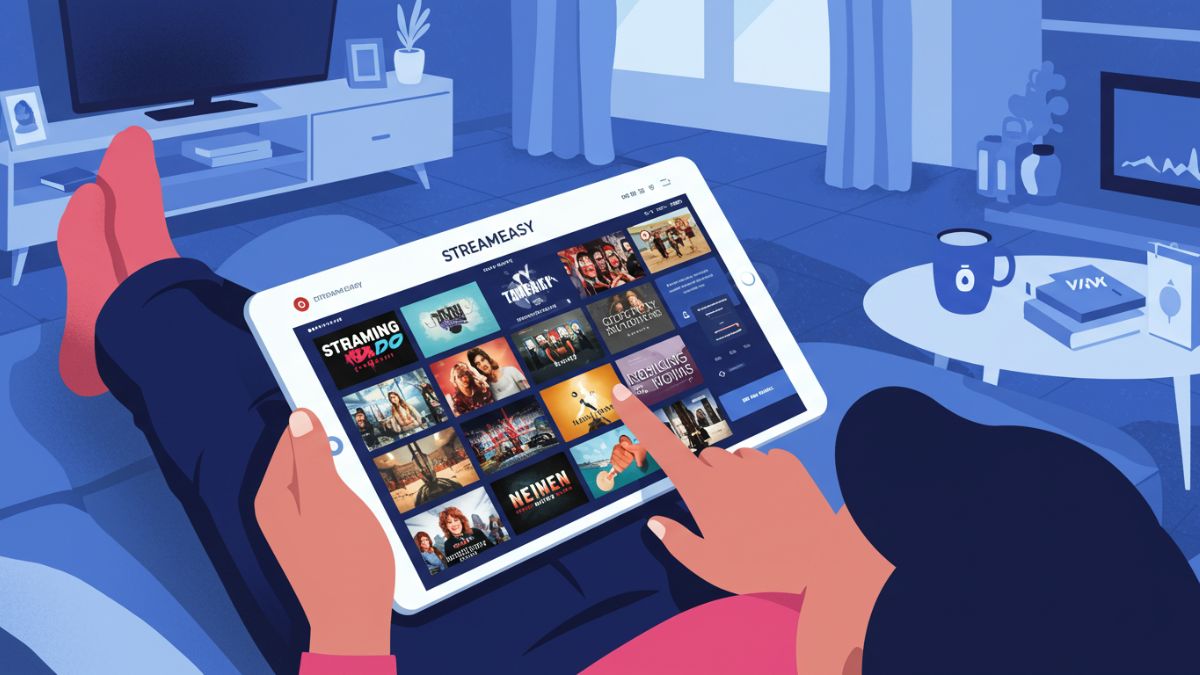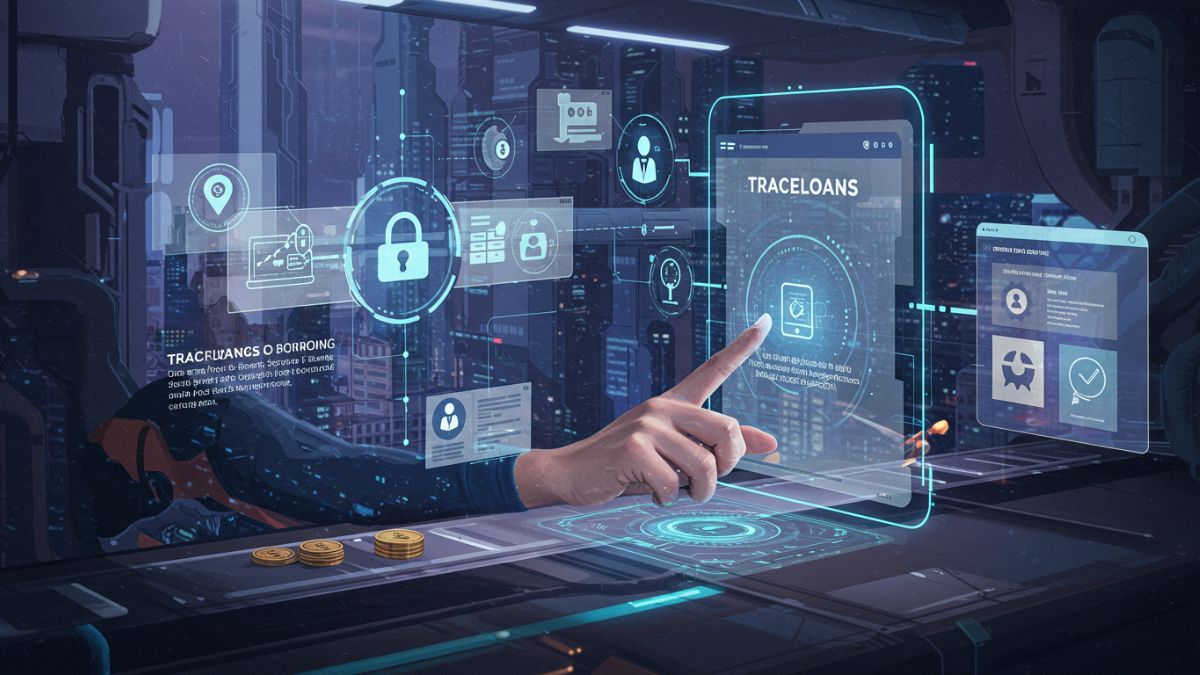Staying updated with the latest tools, software, and devices is essential for both professionals and enthusiasts. Tech tutorials and how-to guides have always played a critical role in this process, providing users with the knowledge they need to master new technologies. Traditionally, these tutorials have been delivered through written guides, screencasts, and live demonstrations.
However, as technology continues to evolve, so too does the way we create and consume educational content. One of the most transformative developments in this space is the emergence of AI text to video technology, which is revolutionizing the way tech tutorials and how-to guides are produced and experienced.
The Evolution of Tech Tutorials and How-To Guides
Historically, tech tutorials and how-to guides were primarily text-based, often accompanied by screenshots or step-by-step instructions. While effective, these methods had their limitations. Written guides could be time-consuming to produce and often lacked the visual clarity needed to fully convey complex processes. Screencasts and live demos, though more engaging, required significant effort and technical expertise to create, and they were not always accessible to all users due to language barriers or varying levels of technical skill.
The introduction of AI text to video technology has begun to address these challenges, offering a more dynamic and efficient way to produce tech tutorials. AI text to video tools can take written content and automatically transform it into engaging video tutorials, complete with voiceovers, animations, and visual aids. This not only makes the content more accessible to a broader audience but also significantly reduces the time and resources needed to produce high-quality educational material.
Benefits of AI Text to Video in Creating Tech Tutorials
One of the most significant benefits of using AI text to video technology for creating tech tutorials is the speed and efficiency it offers. Traditional video production can be a lengthy process, often involving multiple rounds of editing and revisions. In contrast, AI-driven tools can generate video content almost instantaneously from a text script, allowing for rapid content creation. This is particularly advantageous in the tech industry, where products and software are constantly evolving, and timely tutorials are crucial.
Scalability is another area where AI text to video shines. As the demand for educational content grows, particularly in the tech sector, the ability to produce a large quantity of high-quality tutorials quickly becomes essential. AI tools can easily scale up production, creating multiple versions of tutorials for different audiences, languages, or skill levels without the need for extensive manual effort.
Customization and personalization are also key benefits of AI text to video technology. These tools allow for easy customization of content to meet the specific needs of different user groups. For example, tutorials can be tailored to cater to beginners, intermediate users, or advanced professionals, each with varying levels of detail and complexity. This level of customization ensures that the content is both relevant and effective, enhancing the learning experience for all users.
Enhancing User Experience with AI-Driven Tutorials
One of the most significant ways AI text to video is shaping the future of tech tutorials is through the creation of more interactive and engaging content. Traditional tutorials can sometimes be static and unengaging, leading to decreased retention and user satisfaction. AI-driven tutorials, on the other hand, can incorporate interactive elements such as clickable links, quizzes, and real-time feedback, making the learning experience more dynamic and immersive.
AI text to video also offers adaptability to different learning styles. Some users may prefer visual content, while others might benefit more from auditory explanations. AI-driven tutorials can combine both elements, providing a more comprehensive learning experience that caters to various preferences. This adaptability ensures that the content is more effective and can be better understood by a diverse audience.
The Role of AI in Keeping Tutorials Up-to-Date
One of the ongoing challenges in tech education is keeping tutorials and how-to guides up-to-date with the latest developments. Technology is constantly evolving, and what is accurate today may become outdated tomorrow. AI text to video technology addresses this issue by enabling automated updates to tutorials. As new features or changes are introduced, the AI can automatically update the video content to reflect these changes, ensuring that users always have access to the most current information.
Additionally, AI allows for real-time adjustments based on user feedback or emerging trends. If a particular aspect of a tutorial is found to be confusing or unclear, the AI can quickly revise the content to improve clarity and effectiveness. This ability to adapt and update content in real-time is a game-changer for tech companies and educators alike, allowing them to provide accurate and relevant information consistently.
Future Trends: AI and the Next Generation of Tech Tutorials
As AI text to video technology continues to evolve, we can expect to see even more innovative applications in the realm of tech tutorials and how-to guides. One exciting possibility is the integration of AI with other emerging technologies, such as virtual reality (VR) and augmented reality (AR). This could lead to the creation of immersive, interactive tutorials that offer a hands-on learning experience, bringing users closer to the technology they are learning about.
Moreover, AI text to video technology is poised to expand beyond traditional tech tutorials into new areas, such as software onboarding, customer service training, and more. By leveraging the best AI video generator, companies can create engaging and informative content that not only educates users but also enhances their overall experience with the product.
Conclusion
AI text to video technology is undeniably shaping the future of tech tutorials and how-to guides. By offering speed, efficiency, consistency, and personalization, AI-driven tools are transforming the way educational content is created and consumed. As this technology continues to evolve, it will open up new possibilities for tech education, making it more accessible, engaging, and effective for users worldwide. For tech companies and educators looking to stay ahead in this rapidly changing landscape, adopting AI text to video technology is not just an option—it’s a necessity.











